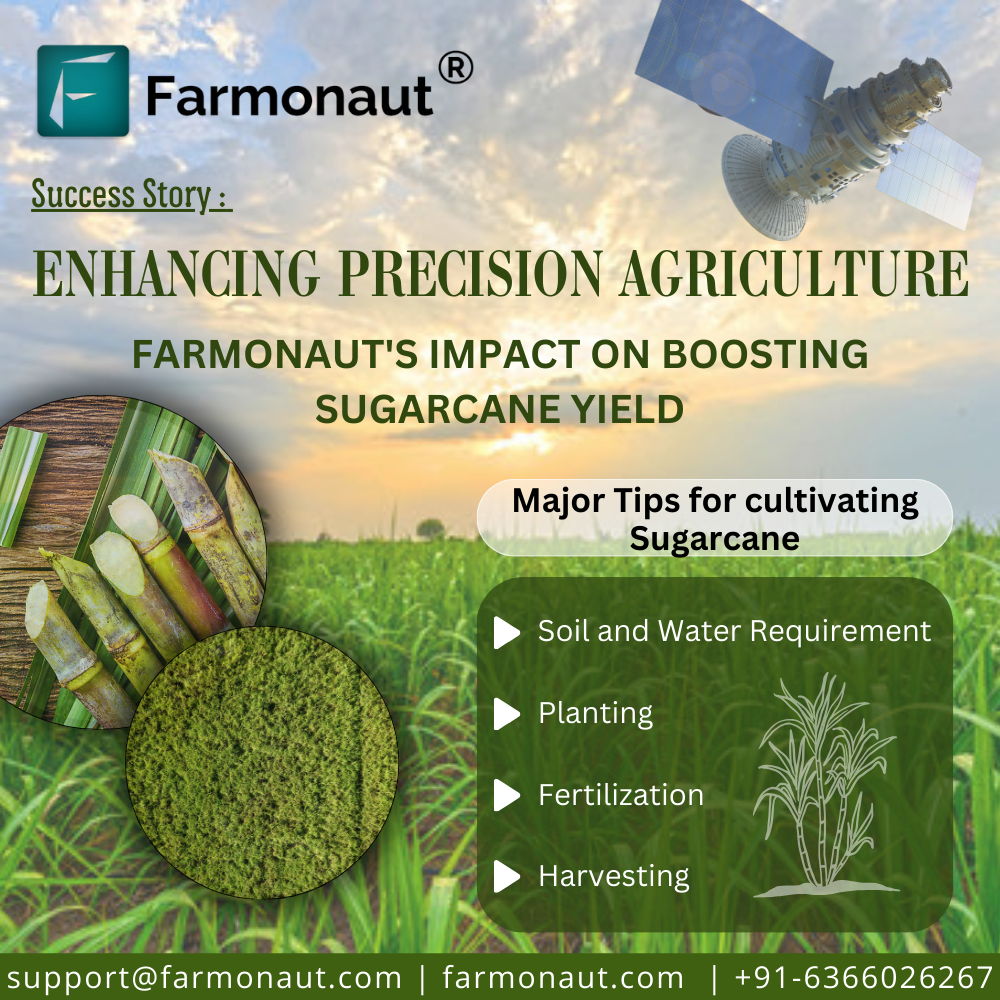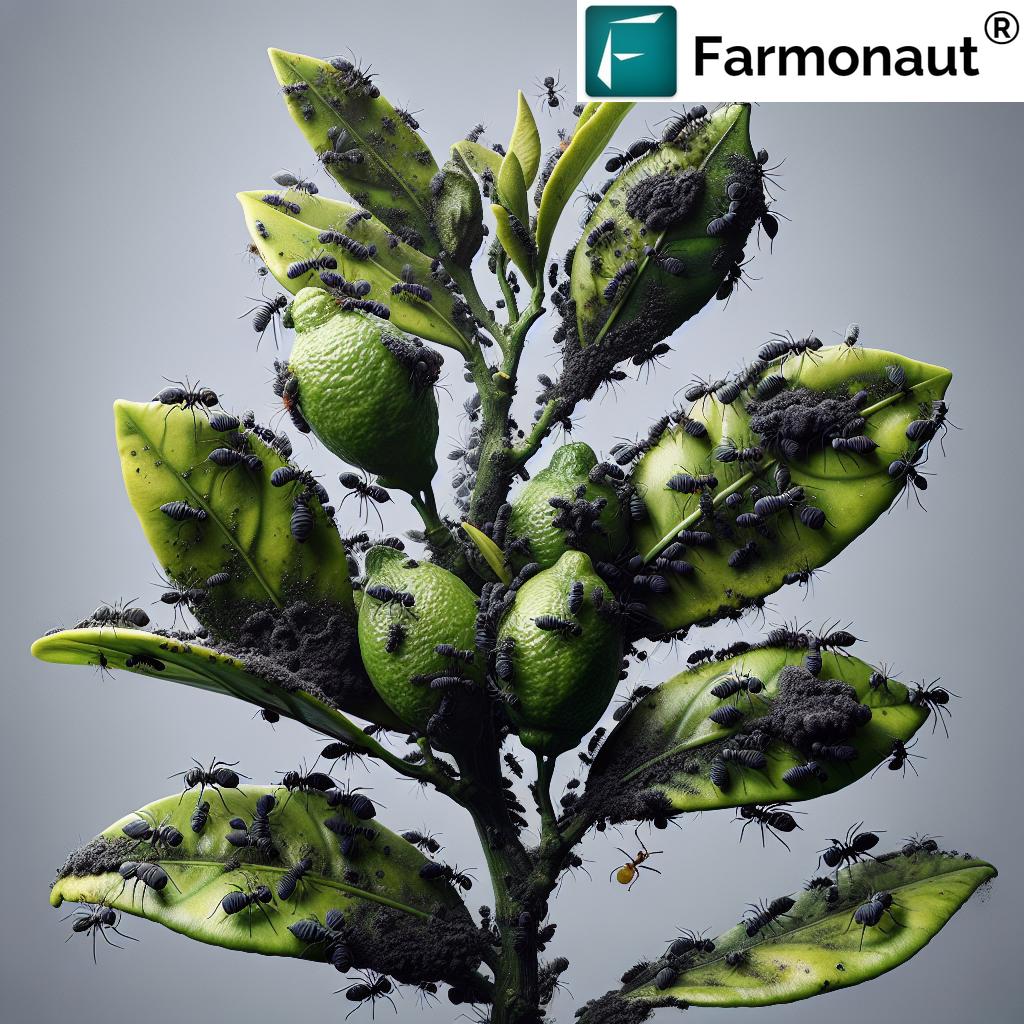Can You Eat Tomatoes with Bacterial Canker? Facts & Guidance 2025
“Up to 80% of tomato crop losses can be linked to bacterial canker if not properly managed.”
Bacterial Canker in Tomatoes: Understanding the Disease
The question, can you eat tomatoes with bacterial canker, is more than just a consumer concern—it carries significant implications for farmers, agricultural stakeholders, and the broader supply chain in 2025. Bacterial canker, caused by the pathogen Clavibacter michiganensis subsp. michiganensis, continues to be one of the most destructive disease threats affecting tomato crops worldwide.
This pathogen is highly infectious and can spread rapidly via infected seeds, contaminated tools, mechanical injury to plants, or through irrigation water—especially when environmental conditions are warm and humid.
Bacterial canker is notorious for causing significant crop losses, reducing yield, and rendering fruit unsuitable for market when symptoms are visible and the infection is severe. With global tomato demand rising and climate variability introducing more stressors, a comprehensive understanding of the implications of bacterial canker is now essential for sustaining production and ensuring food safety.
Symptoms and Signs of Bacterial Canker in Tomato Plants
Bacterial canker’s impact is rooted in the biology of its pathogen, Clavibacter michiganensis subsp. michiganensis. To determine can you eat tomatoes with bacterial canker and manage the disease effectively, we must identify both its symptoms and the threat they pose to food safety.
- Leaf Necrosis and Wilting: Initial symptoms include leaf edge necrosis (brown, scorched edges), interveinal browning, and rapid wilting.
- Stem Cankers: Dark, water-soaked cankers develop on stems, sometimes exuding a yellowish bacterial ooze.
- Bird’s-Eye Spots on Fruit: Unique to this disease, fruit can develop small, white, slightly raised “bird’s-eye” lesions often surrounded by a white halo and dark speck in the center.
- Cracking and Rotten Fruit: As infection progresses, cracking of the fruit skin can occur. Fruit tissue is often damaged and becomes susceptible to secondary infections.
- Plant Death: In severe cases, the whole plant will wilt and die.
The outbreak of bacterial canker can occur quickly; symptoms may show in 7 days after the pathogen enters the plant. Early monitoring and recognition are critical for management and food safety.
“Bacterial canker symptoms appear in as little as 7 days after infection, posing rapid food safety and yield risks.”
Can You Eat Tomatoes With Bacterial Canker? Food Safety Explained
Evaluating Consumer and Production Risks
Consumers and stakeholders regularly ask: can you eat tomatoes with bacterial canker?
- Pathogen Risk: The pathogen Clavibacter michiganensis subsp. michiganensis does not infect humans and is not known to cause illness if ingested, as it is plant-specific.
- Visible Symptoms: Not Recommended for Consumption: Tomatoes exhibiting visible lesions, cracks, dark spots, soft rot, or wilting should generally be discarded. The appearance, texture, and quality of the fruit are compromised, with increased risk for secondary infections such as bacteria and fungi.
- Secondary Risk: Damaged tissue provides an opportunity for harmful microbial growth, spoilage, and potential gastrointestinal risks to humans.
- Asymptomatic Fruit: Usually Safe: Tomatoes from infected plants, without visible symptoms, are considered safe if proper handling, thorough washing, and adequate cooking are followed. The risk is minimal in the absence of visible infection.
For food safety, avoid consuming tomatoes that are visibly damaged or show classic bacterial canker symptoms. Discard those with clear signs and use sound food hygiene practices throughout harvesting and preparation.
Bacterial Canker Tomato Symptoms and Management Actions Table
| Symptom/Sign | Estimated Incidence in Affected Crops (%) | Food Safety Risk (Low/Medium/High) | Recommended Action |
|---|---|---|---|
| Leaf Necrosis & Wilting | 40–60% | Medium | Remove & destroy affected leaves; monitor field |
| Stem Cankers (with ooze) | 25–40% | High | Remove and burn plants; disinfect tools; crop rotation |
| Bird’s-Eye Fruit Spots | 20–35% | High | Discard affected fruit; sanitize collection trays; improve ventilation |
| Fruit Cracking / Soft Rot | 10–18% | High | Discard fruit; clean up debris; improve post-harvest handling |
| Asymptomatic Fruit (from infected plant) | 5–20% | Low | Harvest carefully; wash and cook thoroughly before consumption |
Secondary Risks: Contamination, Spoilage, and Human Health
While the bacterial canker pathogen (Clavibacter michiganensis subsp. michiganensis) is not harmful to humans, damaged tomato tissue becomes a breeding ground for secondary bacteria, spoilage organisms, and fungi. These can include harmful microbial species with the potential to cause gastrointestinal illness if consumed. Common secondary infections often accelerate fruit spoilage, off-odors, sliminess, and health risks.
Summary: If fruits are visibly infected, cracked, soft-rotting, or have dark lesions, the food safety risk is high. Discard these tomatoes to ensure consumer safety.
Are Healthy-Looking or Asymptomatic Tomatoes Safe to Eat?
Can you eat tomatoes with bacterial canker if fruit appear normal? This depends on visual assessment and post-harvest practices:
- No Visible Lesions, No Damage: Tomatoes harvested from infected plants—but showing no signs of infection (firm, unblemished skin, no cracking)—are generally safe for human consumption.
- Minimal Risk: The direct risk from Clavibacter michiganensis is considered minimal, as the bacterium does not cause human infection.
- Washing and Cooking: Wash asymptomatic fruit thoroughly and cook to eliminate any potential secondary microbes. Avoid cross-contamination with visibly infected material.
- Monitoring is Critical: Rigorous monitoring during and after harvest helps ensure only sound fruit reach market or consumers.
Summary: Asymptomatic, firm tomatoes from infected crops, when handled properly and cooked, carry a very low food safety risk.
Impacts of Bacterial Canker for Farmers and Tomato Production
Economic and Sustainability Implications
For farmers and the agricultural sector, bacterial canker—if left unmanaged—can cause significant yield losses, reduced quality, greater production costs, and economic instability for rural communities. In some outbreaks, entire fields become unsuitable for market.
- Crop Losses: Rapid spread leads to up to 80% loss of tomato yields in severely infected crops.
- Quality Reduction: Lesions, wilting, and cracking make fruit unmarketable and lower overall crop value.
- Yield & Supply Chain Disruptions: Destruction of plants delays production cycles, impacting processors, traders, and consumers.
- Cost Burden: Expenses rise from the need for integrated management practices, monitoring, labor, and replacement of infected seedlings.
Because bacterial canker can survive on equipment and in plant debris, repeat infections may occur if hygiene practices lapse, threatening the long-term sustainability of tomato farming worldwide.
Integrated Disease Management Strategies for 2025
Best Practices to Prevent, Contain, and Control Bacterial Canker
Managing bacterial canker in modern tomato production goes beyond reactive treatment—integrated approaches are essential. Here are proven steps and technologies for 2025:
- Use Certified Disease-Free Seeds: The pathogen can reside inside seeds; always choose certified clean seed to prevent initial introduction of bacterial canker.
- Crop Rotation and Sanitation: Rotate with non-host plants for at least two cycles, and dispose of plant debris to break pathogen cycles.
- Sanitize Tools and Equipment: Regularly disinfect all field tools, trellises, and hands to stop mechanical spread.
- Implement Resistant Varieties: Some varieties offer partial resistance, though complete resistance remains limited.
- Monitor Irrigation Water: Use clean water and avoid water splash on leaves; test sources for contamination.
- Early Detection and Rapid Removal: Remove and destroy infected plants at the first sign of symptoms.
- Minimize Mechanical Injury: Train crews to avoid wounding plants during pruning, tying, or harvest.
- Record, Track, Monitor: Record-keeping and regular scouting support rapid response to outbreaks.
Adoption of these integrated management protocols drives sustainable, safe tomato production—protecting both grower profitability and consumer health.
Farmonaut Satellite Solutions: Digital Tools for Modern Crop Management
Modern agriculture in 2025 demands advanced monitoring, data insights, and technology-enabled decision making to tackle challenges like bacterial canker. As a pioneering satellite technology company, we at Farmonaut deliver affordable and accessible digital solutions to address these industry needs.
-
Satellite-Based Crop Health Monitoring: Our platform leverages multispectral satellite imagery for real-time crop analysis, identifying potential plant stress and disease—including early warning for issues like wilting, leaf necrosis, or unusual spots.

Access our web app to start satellite crop monitoring and decision support. -
AI Advisory Systems (Jeevn AI): Our Jeevn AI tool processes satellite and weather datasets to deliver crop-specific recommendations for disease and resource management.
Discover Large Scale Farm Management digital solutions to monitor big farms, improve record keeping, and enhance yield security. -
Blockchain-Based Traceability: For assured supply chain integrity, our platform secures end-to-end product traceability—from field to fork—which is vital for market and consumer confidence, especially with food safety events.
Learn about Farmonaut Blockchain Traceability for agriculture—reducing fraud, and maintaining product authenticity. -
Environmental Impact & Sustainability Monitoring: Track field-wide carbon footprint
from your tomato production, supporting compliance and adoption of greener practices. -
API Ecosystem: For tech integrations, Farmonaut’s API and
developer docs provide direct satellite data access for custom solutions in agricultural monitoring. -
Mobile Access: Monitor on the go—download our Android or iOS app:


By combining spatial analytics, AI-powered diagnostics, and transparency tools, we at Farmonaut empower farmers, agribusinesses, and governments to make informed, timely, and data-driven decisions—reducing yield losses and ensuring only safe, high-quality tomatoes enter the food chain.
Research, Diagnostics & Breeding Developments in 2025
Continuous research is key to staying ahead of pathogens like Clavibacter michiganensis and minimizing risks associated with bacterial canker. In 2025, several advances are reshaping disease management:
- Molecular Diagnostics: Early & accurate field detection is now available thanks to portable PCR devices, which help in identifying asymptomatic plants or contaminated seeds promptly—enabling quick removal and reducing spread.
- AI-Driven Image Analysis: Integration of AI (such as via Farmonaut satellite imagery) with field data provides real-time alerts for symptomatic plants, supporting rapid intervention.
- Biocontrol Agents & Next-gen Antibacterials: Extensive trials of safe, biologically-derived treatments are ongoing to reduce reliance on copper-based chemicals that were less sustainable.
- Breeding & Gene Editing: New tomato varieties are being bred—with enhanced disease resistance—using gene editing tools. Though complete resistance remains elusive, incremental improvements help mitigate losses and support economic sustainability.
- Blockchain & Supply Chain Digitalization: Ensuring product authenticity using tamper-proof records is crucial for food safety and export markets.
Collectively, these innovations promise improved security for tomato farmers and the broader value chain in 2025 and beyond.
FAQ: Can You Eat Tomatoes with Bacterial Canker?
-
Q1: Is it safe to eat tomatoes with small bird’s-eye spots?
A: No. These “bird’s-eye” spots are a classic symptom of bacterial canker. Such fruit should be discarded, as they may also harbor secondary infections harmful to humans. -
Q2: If I find only leaf necrosis on my tomato plant, is the fruit safe?
A: If the fruit itself is asymptomatic—no lesions, cracks, or softness—they may be safe to eat after thorough washing and cooking. However, remain vigilant for emerging signs. -
Q3: Can humans get sick from eating tomatoes with bacterial canker?
A: The bacterium causing bacterial canker does not infect humans, but fruits with secondary spoilage organisms could cause gastrointestinal illness. -
Q4: How can I avoid introducing bacterial canker to my fields?
A: Use certified disease-free seeds, sanitize all tools regularly, implement crop rotations, and monitor water and seed sources thoroughly. -
Q5: Is washing tomatoes enough to make infected fruit safe?
A: Washing cannot restore fruit with visible lesions, cracks, or rot. Only asymptomatic fruit may be safe after thorough washing and cooking; discard anything visibly affected. -
Q6: What digital tools support early identification and response?
A: Satellite and AI-based crop monitoring, like those offered by Farmonaut, provide farm-level disease alerts and yield forecasts, supporting quick and effective intervention.
Conclusion & Best Practices for 2025
The answer to can you eat tomatoes with bacterial canker in 2025 is nuanced.
- Visibly Infected Tomatoes: Should not be consumed due to compromised quality and potential health risks from secondary contamination. Discard anything with spots, cracks, soft rot, or foul odor.
- Asymptomatic Fruits from Infected Plants: With no visible signs, these may be safe after thorough washing and proper cooking. Still, rigorous monitoring and hygiene are essential.
- For Farmers & Stakeholders: Integrated management—using certified seeds, sanitation, scouting, and digital monitoring—remains vital for sustainable, safe tomato production.
- For Agricultural Supply Chains: Embrace traceability and blockchain-backed solutions for product authentication and consumer trust.
- For Future-Proofing Farms: Invest in modern satellite technology, AI advisory, and environmental monitoring solutions (like Farmonaut) to ensure yield, safety, and resilience against future outbreaks.
As innovations in genome-based resistance, diagnostics, and digital agriculture advance, the path ahead is promising for both food security and global tomato producers.









